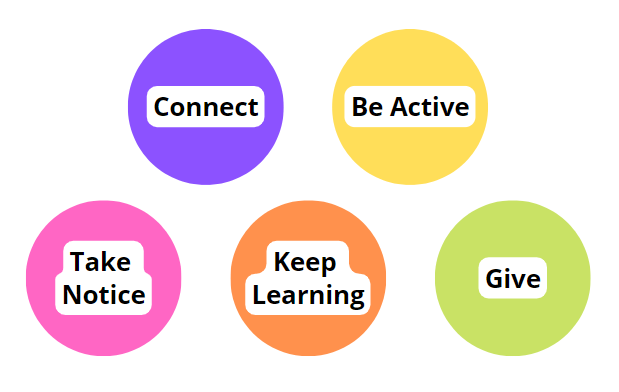Introduction
The need for libraries to do more for mental health and wellbeing of their staff has been high on the agenda for a number of years; the pandemic certainly highlighted the extent to which workplaces have a responsibility to provide the right working environment and conditions to support staff. This is a complex topic – the following paragraphs aim to give a brief overview of some things to consider.
Context
Higher Education can be particularly challenging because staff are relied on to support students – this is usually not overt in job descriptions. Supporting so many students can take its toll on staff members, and leave less time to reflect on themselves. According to one report assessing 17 universities, the number of staff accessing counselling has risen by 155% (2010-2018). With increased workload due to the pandemic, it is clear initiatives to support our own mental health and wellbeing are very important to consider.
Your Library
Think about the culture of your Library – is there connectivity between teams or has the pandemic enhanced a siloed approach to working? Are all employees part of a team meeting or is anyone left out? Generating a workplace culture of openness and inclusivity (including equality, diversity and inclusion considerations) will help to foster positive mental health and wellbeing. One initiative that your Library might consider is creating a Wellbeing Group. At Lancaster, staff meet approximately monthly to discuss ideas for staff (and student) wellbeing – this semi-structured approach avoids tokenistic events, instead embedding wellbeing as a priority. You can read more on the wellbeing and other Lancaster initiatives by viewing the ALISS article (Wylie, N.) How are you? How are you really? A focus on staff & student wellbeing in the context of a global pandemic and beyond.
Your University
Universities across the Academic Libraries North network each have their own core support – for example, access to the Employee Assistance Programme (EAP). Many Universities have also adopted the five steps to wellbeing, for example Lancaster University. You may not feel like you need it now, but if you do have a dip in mental health then already knowing where to go for support can be extremely valuable. You can also sign post colleagues as appropriate.

Summary image of the five steps to wellbeing (1) Connect (2) Be Active (3) Take Notice (4) Keep Learning and (5) Give.
Close
As mentioned, this is a complex topic that requires understanding of your library and university context. Communicating with colleagues to understand the baseline is the first step in making improvements. Consider multiple approaches – what works for you might not work for others. This resource has a number of case studies – please read, adapt and consider sharing your own thoughts using our form.

Stay Connected with Academic Libraries North
Join our community and stay updated with the latest news and resources
Quick links
Member links
